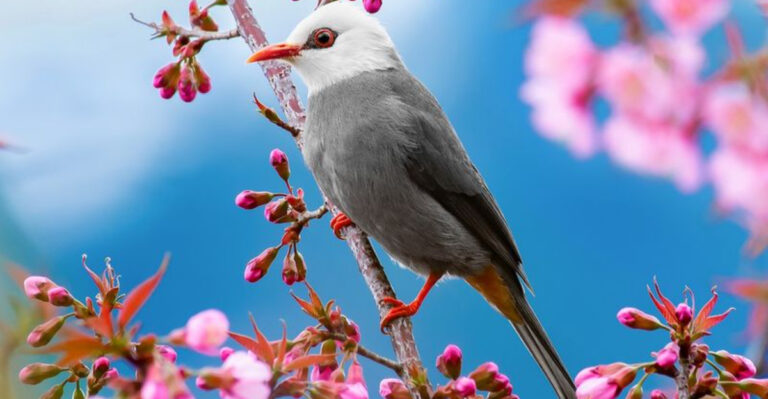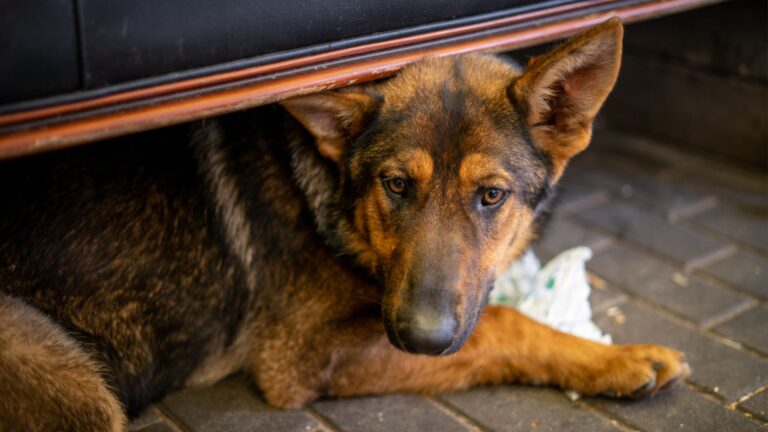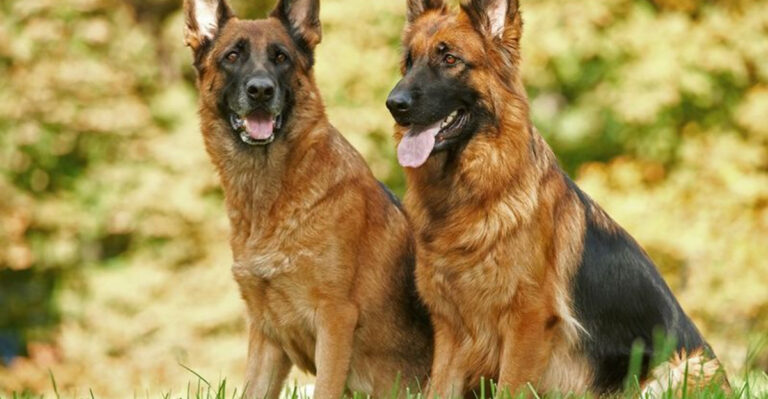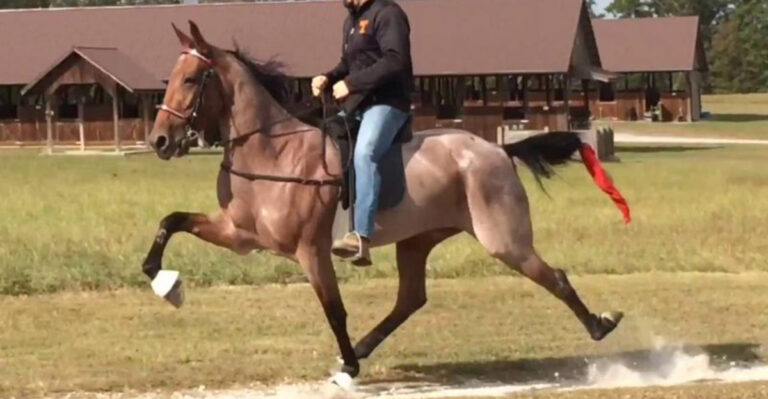15 Big Cats With Astonishingly Elusive Hunting Patterns
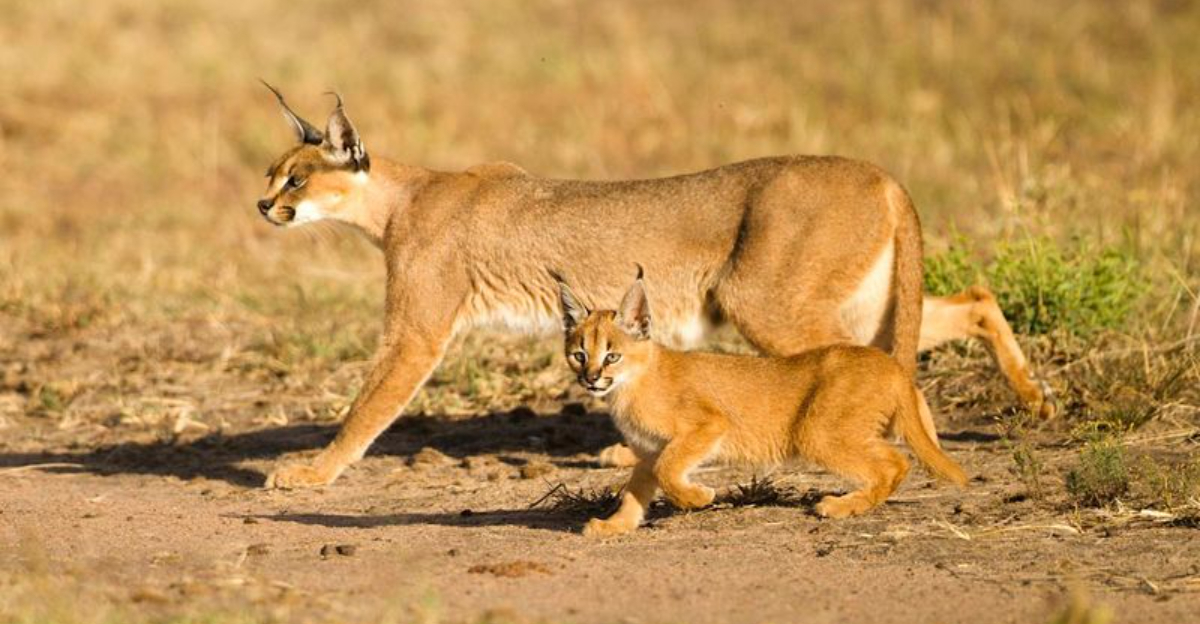
The world’s big cats are masters of stealth and strategy. These magnificent predators have evolved hunting techniques so clever and secretive that they often seem like ghosts in their habitats.
From silent stalkers to patient ambushers, big cats employ fascinating tactics that help them survive in diverse environments across the globe.
1. Shadow Walkers: Snow Leopards
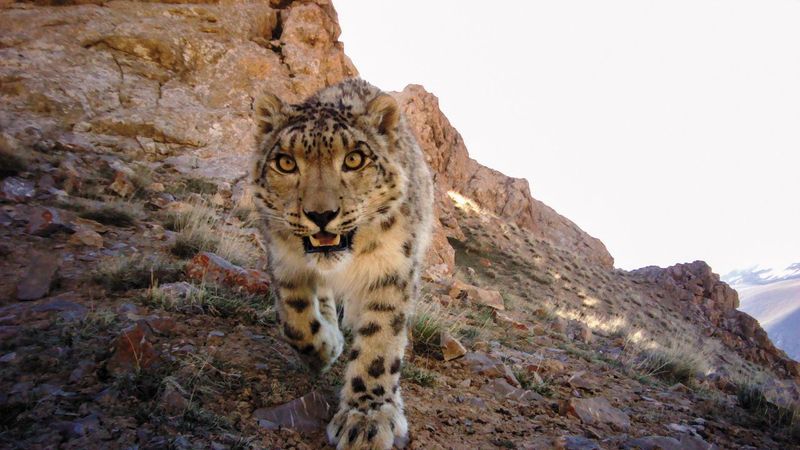
Vanishing into mountain landscapes like smoke, snow leopards are patience personified. These high-altitude hunters can wait motionless for hours before striking.
Their perfectly camouflaged coats blend with rocky terrain, making them nearly invisible until the final pounce. Even researchers studying these cats often fail to spot them just yards away!
2. Midnight Swimmers: Fishing Cats
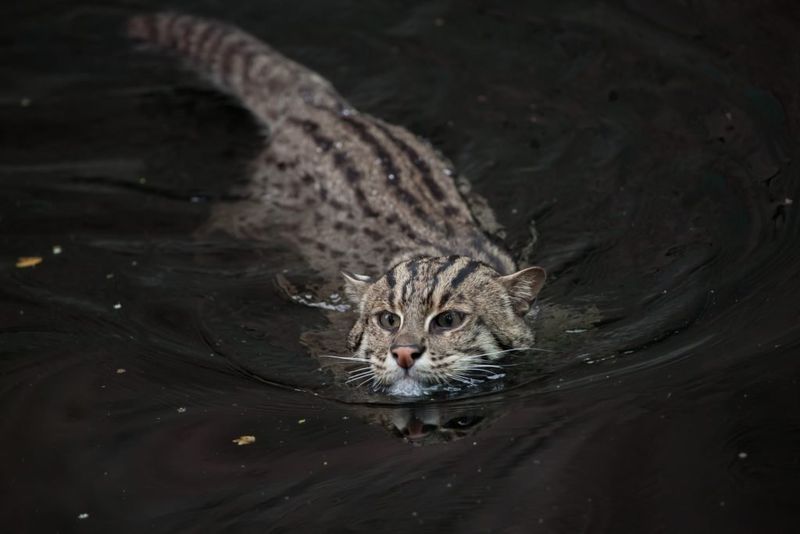
Most cats shy away from water, but fishing cats dive straight into their hunts. Paw taps on the water’s surface create ripples, tricking curious fish into coming closer.
Equipped with webbed feet and dense, waterproof fur, these stealthy hunters rely on their sensitive whiskers to detect the faintest underwater movements, even in complete darkness.
3. Aerial Assassins: Clouded Leopards
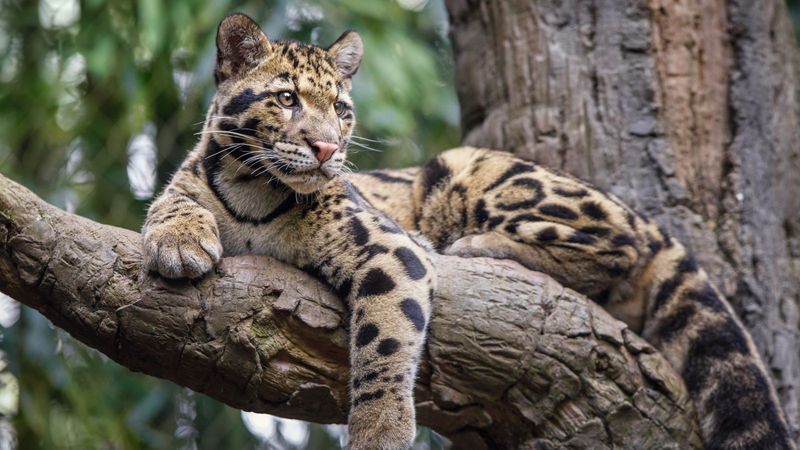
Imagine a cat that hunts upside down! With rotating ankle joints and the longest canine teeth relative to skull size of any cat, clouded leopards rule the treetops.
They can climb down trees headfirst and hang by their hind feet to ambush prey below. These forest acrobats even sleep draped over branches, their spotted coats breaking up their silhouette against dappled light.
4. Desert Phantoms: Sand Cats
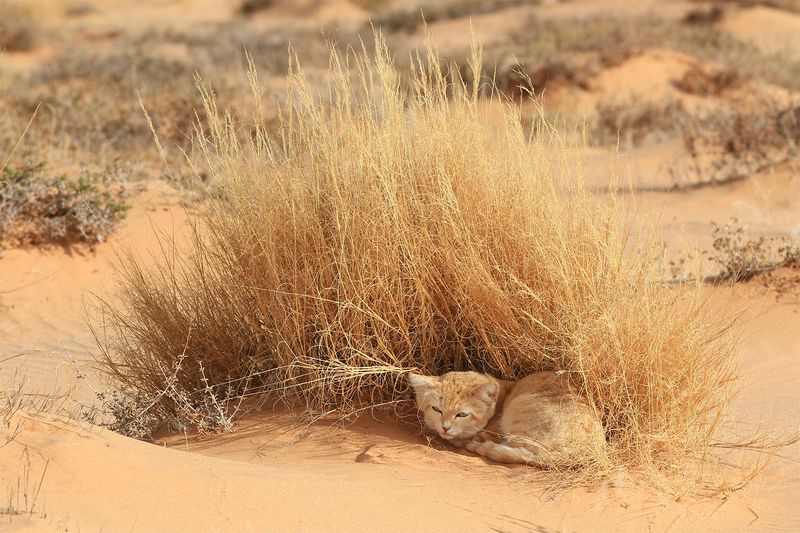
Tiny paw prints never mark the sand where sand cats silently prowl the scorching desert. Perfectly camouflaged, they vanish by pressing their bodies into shallow depressions they dig.
With exceptional hearing, they detect prey moving underground, using a swift sideways digging technique to snatch rodents before they even surface.
5. Sonic Stalkers: Caracals
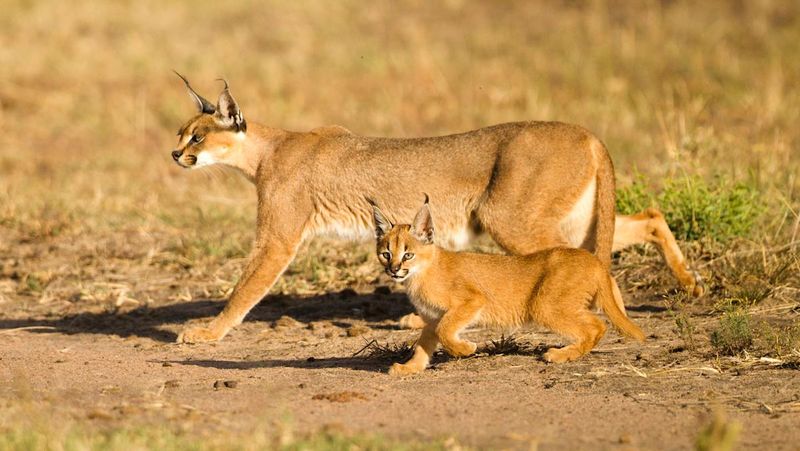
Those tufted ears aren’t just for show! Caracals use their 20 ear muscles to pinpoint prey with astonishing accuracy, even tracking birds in flight by sound alone.
When hunting, they freeze mid-stride in a behavior called “stalling,” becoming living statues. Their legendary vertical leap – up to 10 feet high – lets them snatch birds from the air like furry anti-aircraft weapons!
6. Swamp Ghosts: Jaguars
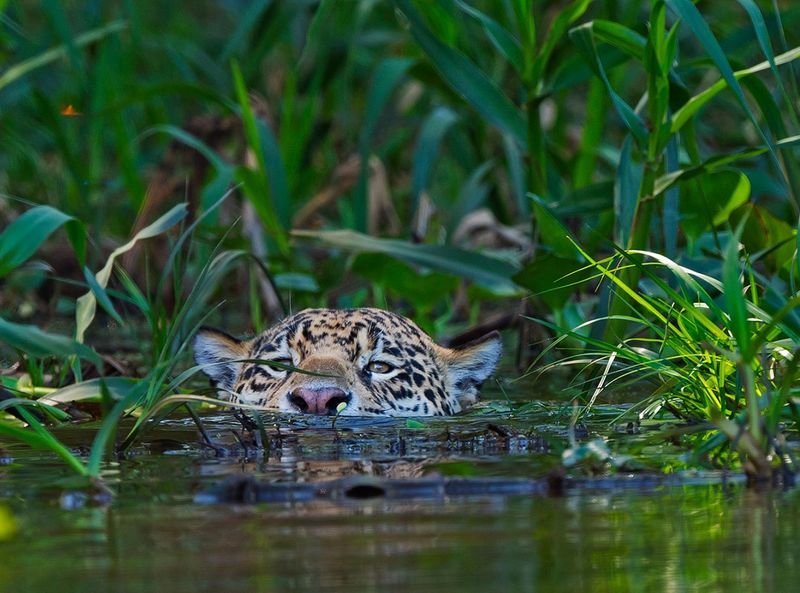
Unlike other big cats who attack the throat, these muscular predators crush skulls with a single bite! Jaguars hunt in flooded forests where they’ve mastered amphibious stalking.
They move silently through water, sometimes completely submerged except for their eyes and nose. Patient and methodical, they’ve even been observed dropping fruit into water to attract fish before swiping them out!
7. Twilight Trappers: Servals
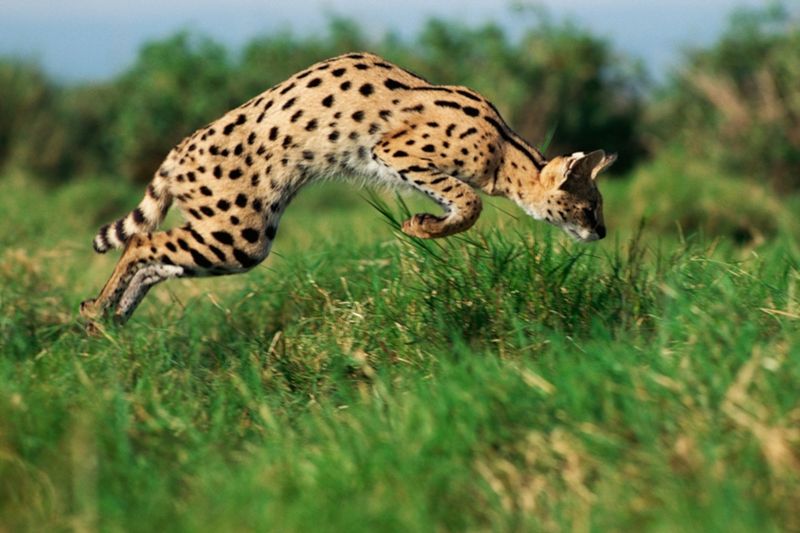
With legs proportionally longer than any other cat, servals bound through tall grass like living pogo sticks! Their oversized ears work like satellite dishes, detecting mice moving through grass 10 feet away.
When hunting, they perform a distinctive high leap, then strike downward with both front paws. This hammer-blow technique stuns rodents hiding in vegetation, with a success rate that would make most predators jealous!
8. Rainforest Ninjas: Ocelots
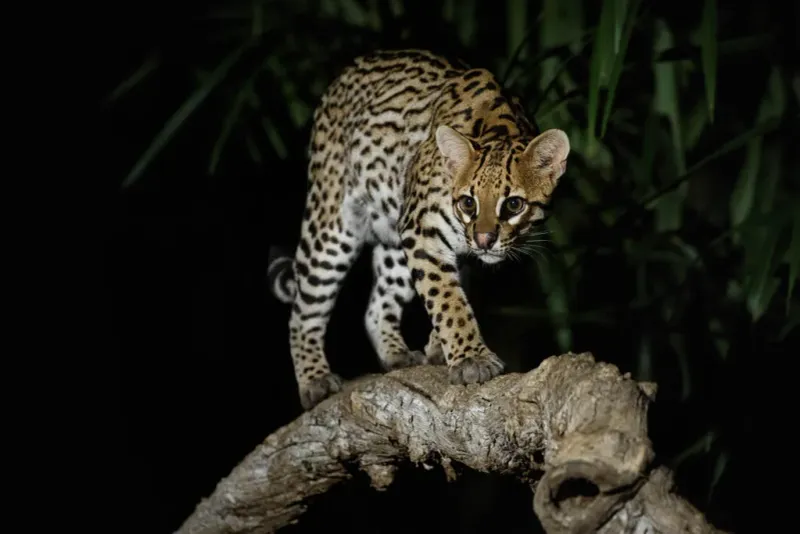
Ever tried following someone through a crowded market? Ocelots track prey through impossibly dense jungle using a unique zigzag pattern that conserves energy while covering maximum ground.
Their enormous eyes gather five times more light than human eyes, turning night into day. Masters of the micro-hunt, they can detect and capture tiny prey like frogs and insects that larger cats would never bother pursuing.
9. Mist Hunters: Eurasian Lynx
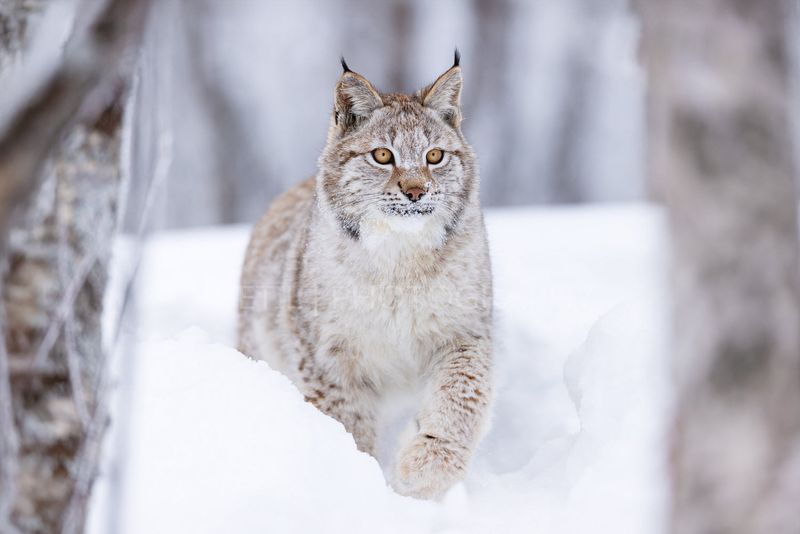
Massive, snowshoe-like paws keep lynx effortlessly above deep snow, while dense fur muffles every step. Silent hunters by nature, they often rely on a “sit-and-wait” approach, remaining perfectly still for hours.
Every move is precise, with each hind paw stepping exactly into the print of the corresponding front paw – a technique known as direct registering.
10. Grassland Illusionists: Cheetahs
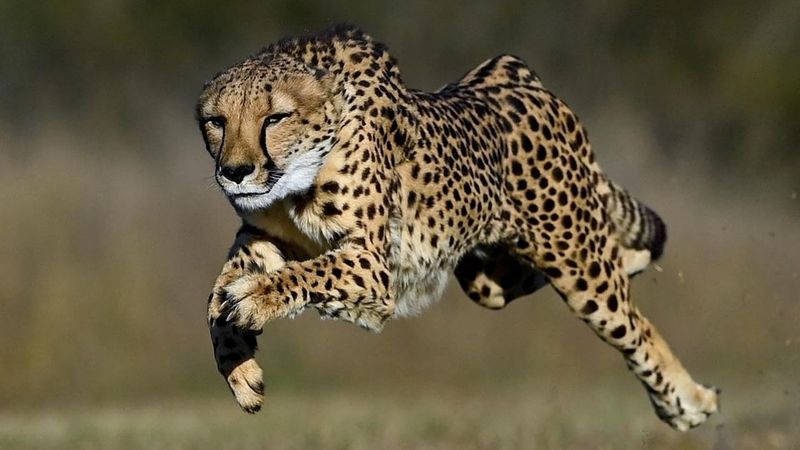
Speed isn’t their only trick! Before those famous sprints, cheetahs employ a fascinating “stalk-and-dash” approach that’s easy to miss.
They creep forward with their head held low, using terrain features for cover. The black tear marks under their eyes reduce glare like football players’ eye black, helping them maintain laser focus on prey even in harsh midday sun.
11. Sound Scramblers: Tigers
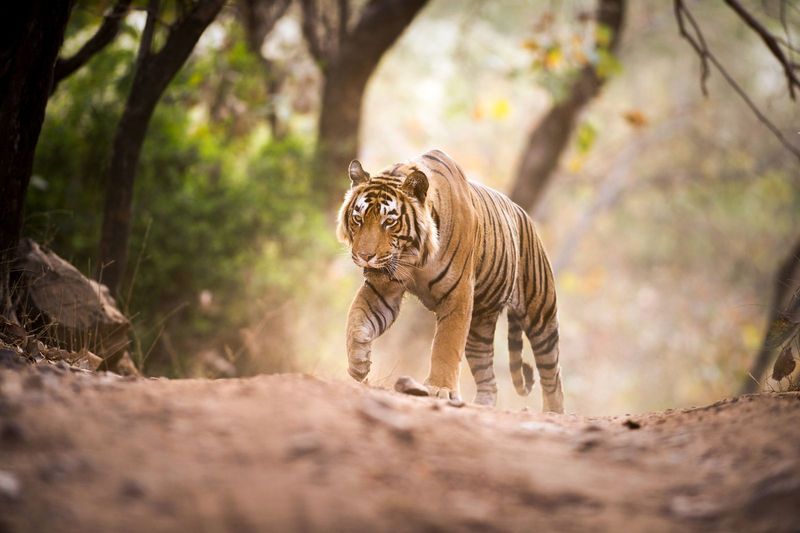
Did you know tigers hunt with their vocal cords? Their infamous roar isn’t just for territory marking – it can actually confuse prey by bouncing off trees, making animals run toward the tiger!
Tigers also use their white ear spots as silent signals to prey. When stalking, they keep these “flash marks” visible, causing some animals to freeze in confusion rather than flee. Talk about psychological warfare!
12. Dune Masters: African Golden Cats
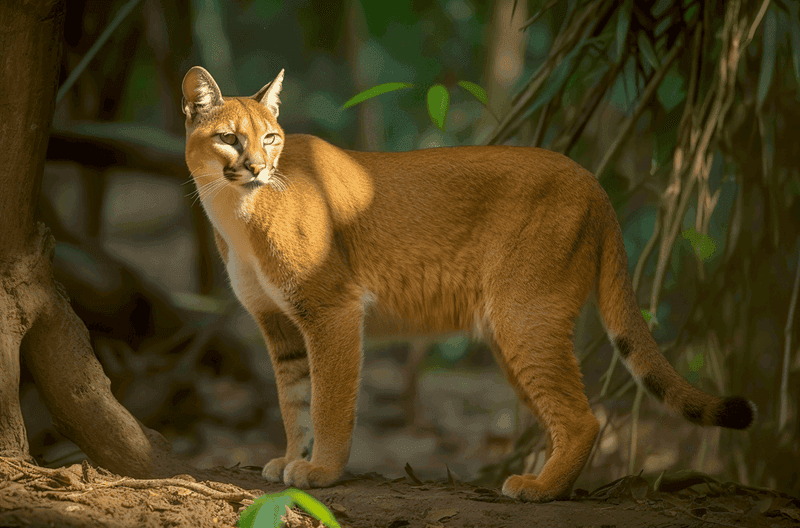
Rarely photographed and mysterious even to researchers, these medium-sized cats employ a hunting technique called “flash hiding.” They freeze instantly when detected, becoming so still that prey often continues grazing nearby!
Golden cats have been observed mimicking the calls of their prey’s young to lure adults closer. Their variable coat colors – from golden to slate gray – let them adapt their ambush tactics to different forest light conditions.
13. Mountain Ambushers: Pumas
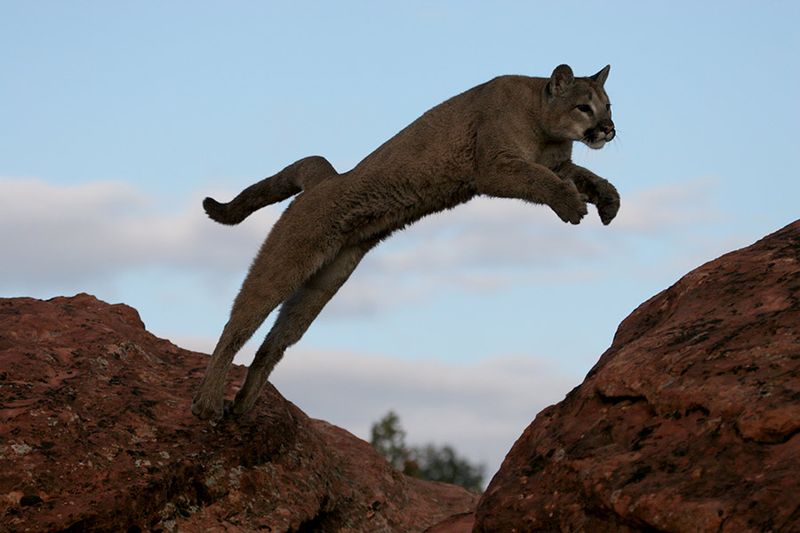
Talk about commitment to the stalk! Pumas (mountain lions) will follow prey for days before attacking, sometimes trailing deer for over seven miles without being detected.
They plan ambushes at landscape “bottlenecks” where prey must pass. Using their incredibly flexible spine and powerful hind legs, they can leap from elevated positions with such precision that prey often doesn’t have time to react.
14. Nocturnal Tacticians: Leopards
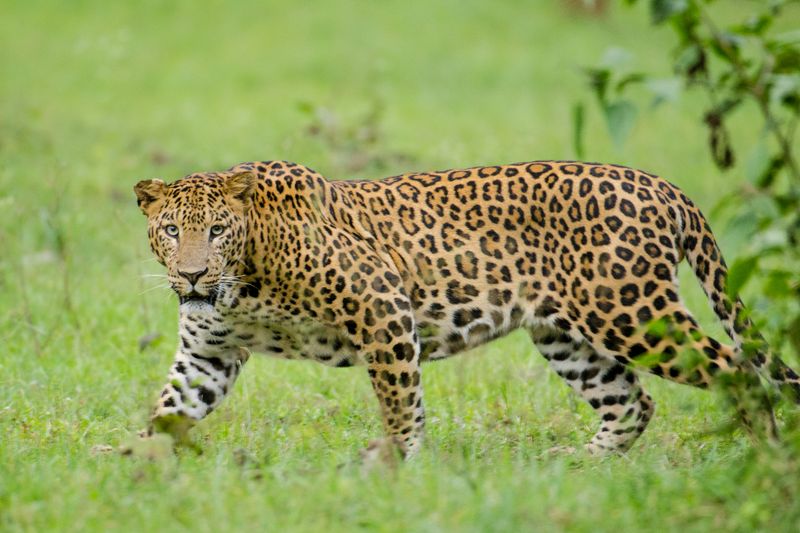
How do leopards keep hyenas from stealing their hard-earned meals? Mastering vertical hunting spaces, they access heights other predators can’t reach.
With astounding strength, they hoist prey heavier than themselves into trees, relying on extreme patience – sometimes observing potential targets for hours before striking from above.
15. Cooperative Strategists: Lions
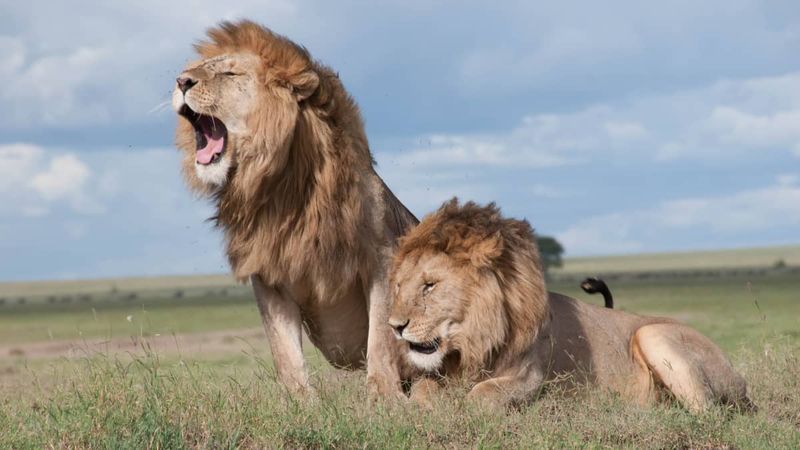
Forget the image of male lions lounging while females do all the work! Lion hunting involves sophisticated team tactics rarely seen in other cats.
They use coordinated flanking maneuvers where some pride members act as “drivers” pushing prey toward others positioned as “catchers.” Lions even account for wind direction to prevent their scent from alerting prey and will sometimes deliberately show themselves to steer animals toward hidden ambushers!

